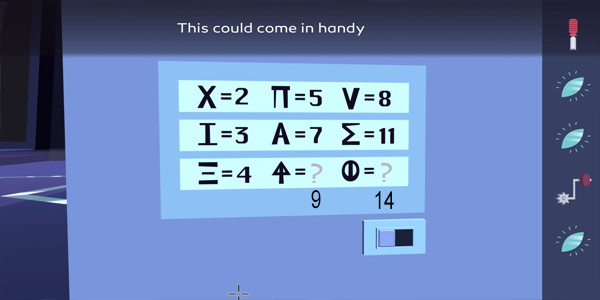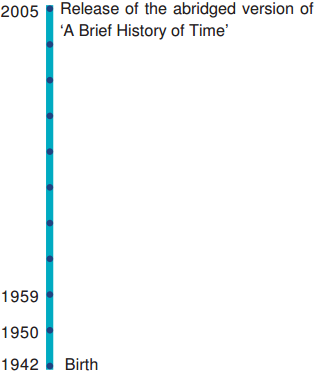


Find the probability of winning any money in the purchase of one ticket.Let X denote the net gain from the purchase of one ticket. First prize is $300, second prize is $200, and third prize is $100. One thousand raffle tickets are sold for $1 each. We compute P ( X is even ) = P ( 2 ) + P ( 4 ) + P ( 6 ) + P ( 8 ) + P ( 10 ) + P ( 12 ) = 1 36 + 3 36 + 5 36 + 5 36 + 3 36 + 1 36 = 18 36 = 0.5Ī histogram that graphically illustrates the probability distribution is given in Figure 4.2 "Probability Distribution for Tossing Two Fair Dice".Ī service organization in a large town organizes a raffle each month. Thus P ( X ≥ 9 ) = P ( 9 ) + P ( 10 ) + P ( 11 ) + P ( 12 ) = 4 36 + 3 36 + 2 36 + 1 36 = 10 36 = 0.2 7 -īefore we immediately jump to the conclusion that the probability that X takes an even value must be 0.5, note that X takes six different even values but only five different odd values. The event X ≥ 9 is the union of the mutually exclusive events X = 9, X = 10, X = 11, and X = 12. This table is the probability distribution of X. X = 2 is the event, so P ( 3 ) = 2 ∕ 36. The possible values for X are the numbers 2 through 12. Find the probability that X takes an even value.Construct the probability distribution of X.Let X denote the sum of the number of dots on the top faces. In the fourth example, since the light bulb could conceivably continue to shine indefinitely, there is no natural greatest value for its lifetime, so we simply place the symbol ∞ for infinity as the right endpoint of the interval of possible values.Ī pair of fair dice is rolled. In the last two examples, by way of contrast, the possible values cannot be individually listed, but take up a whole interval of numbers. The set of possible values is infinite, but is still at least countable, in the sense that all possible values can be listed one after another. Although it is highly unlikely, for example, that it would take 50 tosses of the coin to observe heads for the first time, nevertheless it is conceivable, hence the number 50 is a possible value. In the second example, the three dots indicates that every counting number is a possible value for X. Table 4.1 "Four Random Variables" gives four examples of random variables. We will denote random variables by capital letters, such as X or Z, and the actual values that they can take by lowercase letters, such as x and z. is a numerical quantity that is generated by a random experiment. A random variable A numerical value generated by a random experiment.


 0 kommentar(er)
0 kommentar(er)
